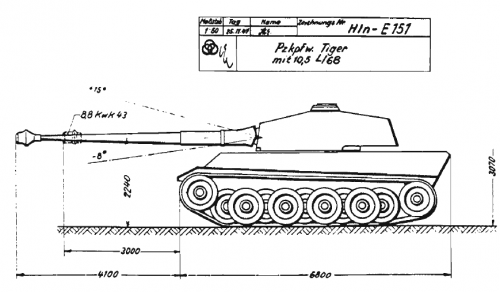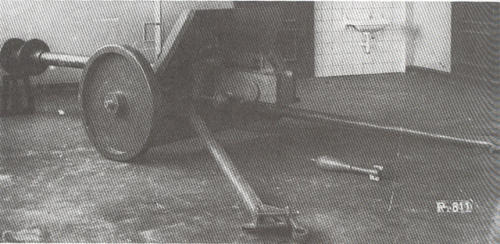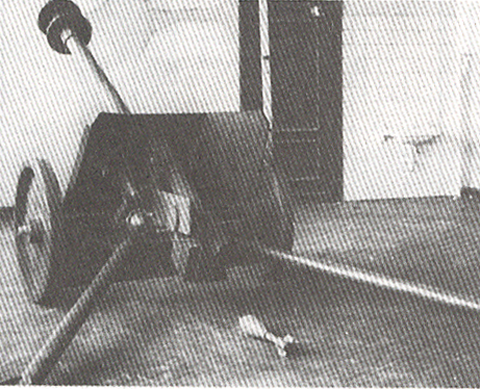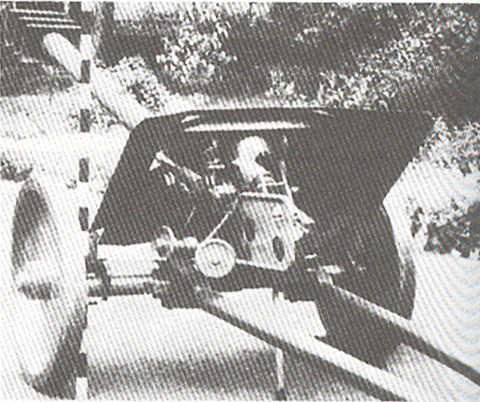Hi everybody
Here a very unknown Tiger II Project
Panzerkampfwagen VI Ausf. B "Klein Tiger" - “Small Tiger”
http://www.achtungpanzer.com/panzerkampfwagen-vi-tiger-ii-ausf-b-konigstiger-kingroyaltiger-tiger-ii-sd-kfz-182.htm
Maybe someone have a drawing of this tank ?
Many greetings and many thanks for help
Here a very unknown Tiger II Project
Panzerkampfwagen VI Ausf. B "Klein Tiger" - “Small Tiger”
http://www.achtungpanzer.com/panzerkampfwagen-vi-tiger-ii-ausf-b-konigstiger-kingroyaltiger-tiger-ii-sd-kfz-182.htm
Maybe someone have a drawing of this tank ?
Many greetings and many thanks for help




